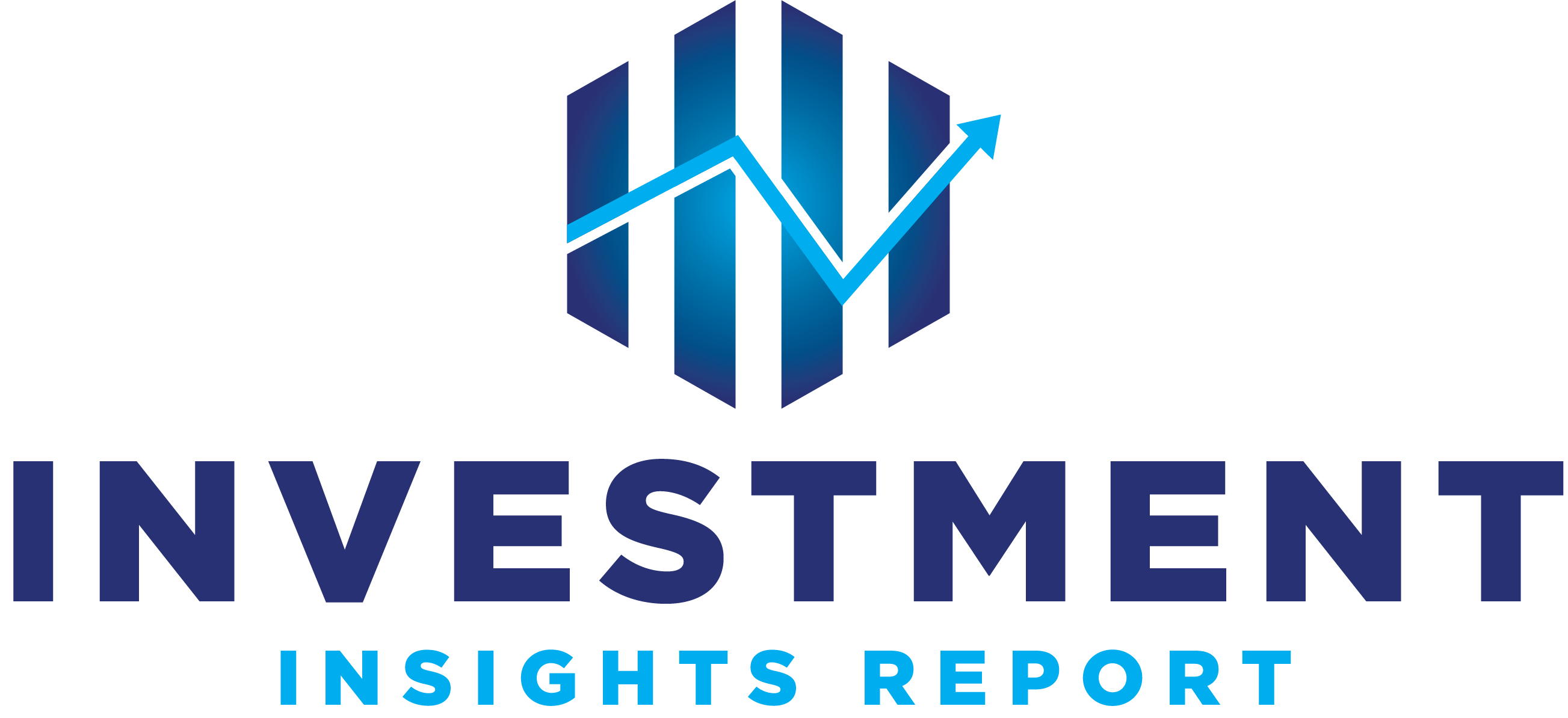By Lisa Pauline Mattackal and Purvi Agarwal
(Reuters) -Wall Street rose on Thursday, with the S&P 500 and the Dow briefly reaching record highs, as chip stocks surged on TSMC’s upbeat forecast and stronger-than-expected monthly retail sales indicated a robust U.S. consumer.
Taiwan Semiconductor Manufacturing Co, the world’s largest contract chipmaker, beat market estimates for profit and forecast a jump in fourth-quarter revenue, driven by demand for artificial intelligence chips.
The chipmaker’s U.S.-listed shares soared 12.2%, while AI-trade favorite and TSMC customer Nvidia gained 3%, touching a record high.
The optimism spread to other chip stocks, sending the broader Philadelphia SE Semiconductor index 2.4% higher.
Meanwhile, U.S. retail sales increased 0.4% in September, slightly more than expected, while weekly jobless claims fell unexpectedly.
“Combined with the strong jobs report earlier this month and lower-than-expected jobless claims this morning, recent economic data is pointing to a consumer that is healthier than many investors may have thought,” said Bret Kenwell, eToro U.S. investment analyst.
The data supported the picture of healthy growth in the world’s largest economy, while keeping bets on a 25-basis-point rate cut at the Federal Reserve’s next meeting largely intact at 89.4%, according to CME’s FedWatch.
However, the small-cap Russell 2000 lost 0.5% after closing at its highest in nearly three years on Wednesday, while other rate-sensitive sectors including Utilities and Real Estate also lost ground.
“Taiwan Semiconductor earnings this morning gave chip stocks a boost. We’re seeing a little bit of a reversion to the tech trade today,” said Emily Bowersock Hill, CEO at Bowersock Capital Partners.
The rally was expected to broaden beyond tech, with financials, industrials and other cyclical sectors benefiting, she said. “We are taking modest profits in U.S. large-cap growth, especially tech.”
The Dow Jones Industrial Average rose 121.52 points, or 0.28%, to 43,198.42, the S&P 500 gained 18.07 points, or 0.31%, to 5,860.54 and the Nasdaq Composite gained 99.96 points, or 0.54%, to 18,466.89.
The Dow was lifted by a 7.6% rise in insurer Travelers Companies, after its third-quarter profit beat market expectations.
Declines in healthcare stocks, however, limited gains as health insurer Elevance Health plummeted 12% after slashing its full-year profit forecast. Dow heavyweight UnitedHealth fell 1.2%.
A broadly upbeat start to the third-quarter earnings season, strong economic data and the U.S. Federal Reserve kicking off its policy-easing cycle have pushed the Dow and the S&P 500 to fresh record highs, with the benchmark index close to the psychologically important 6,000 mark.
Still, analysts have flagged increasingly stretched valuations, high earnings expectations and likely volatility ahead of November’s U.S. presidential election as risk factors.
Shares of streaming giant Netflix, which is scheduled to report third-quarter earnings after the bell, fell 1%.
Declining issues outnumbered advancers by a 1.48-to-1 ratio on the NYSE, and by a 1.55-to-1 ratio on the Nasdaq.
The S&P 500 posted 65 new 52-week highs and two new lows, while the Nasdaq Composite recorded 111 new highs and 35 new lows.
(Reporting by Lisa Mattackal and Purvi Agarwal in Bengaluru; Editing by Pooja Desai)


